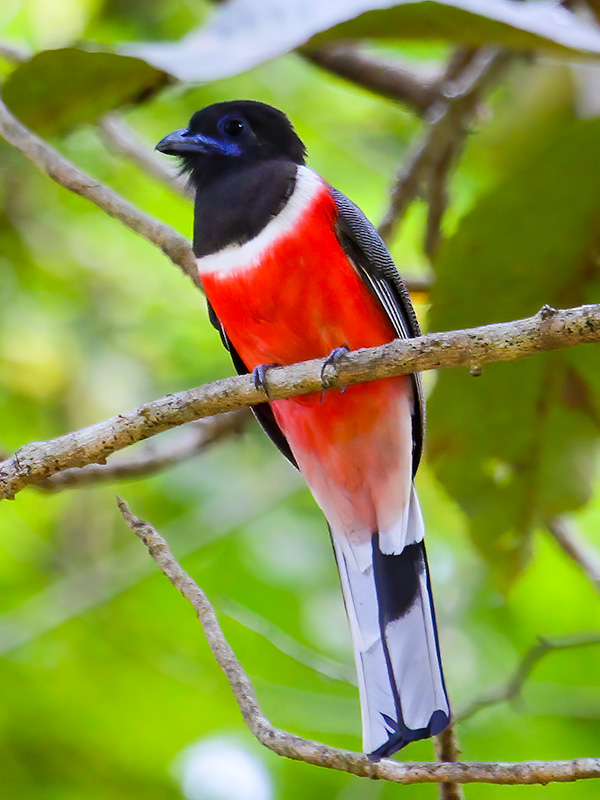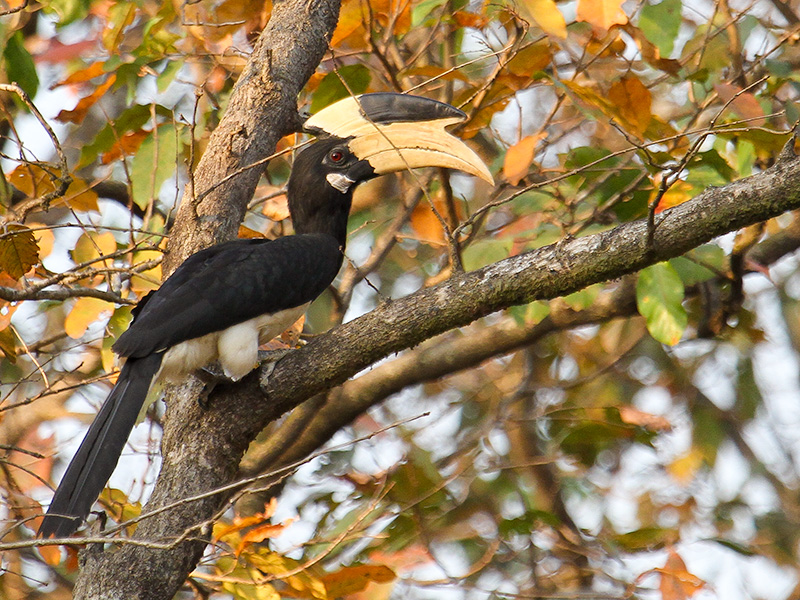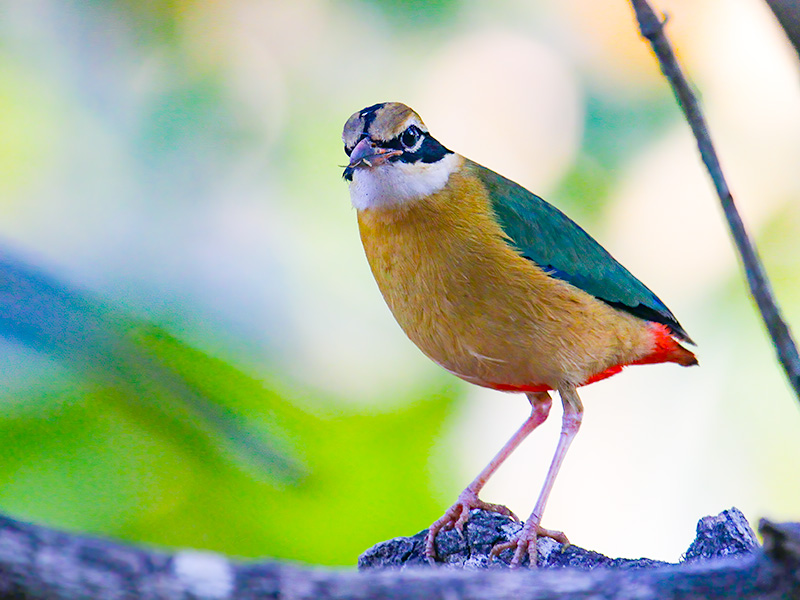This trip was a four nation tour I undertook with a couple of colleagues to promote science on the South Atlantic Island of South Georgia, which is located some 1,500 km to the east of the Falkland Islands. There was a major initiative underway to remove the rats and reindeer that had been introduced onto South Georgia during the whaling era and then develop the science within an environment that was more akin to its natural state. We gave talks at polar research centres in each country, but there was also time to do some birding, especially during free weekends.
After flying out of London we first visited the Korean Polar Research Institute (KOPRI), which is located just outside Seoul in the suburb of Incheon near the main airport serving Seoul. Our hotel was on an area of reclaimed land, which had formerly been a famous bird-rich wetland, but which is now a rather featureless region with relatively few birds. However, I did see Spot-billed Duck and Dusky Thrush, both of which were new for me.
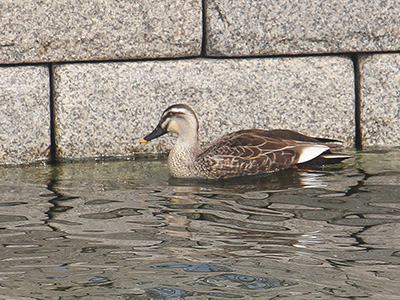
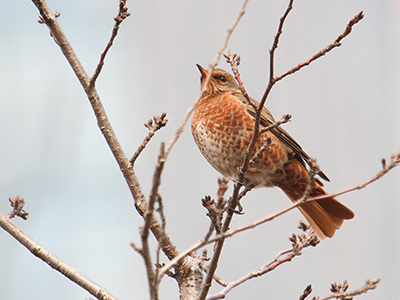
On my free day I visited Muuido Island, which seemed the best place within a reasonable distance to do some birding. Access was via a ferry from an area with a lot of fishing. The ferry gave me an opportunity to photograph the Black-tailed Gulls along with other seabirds.
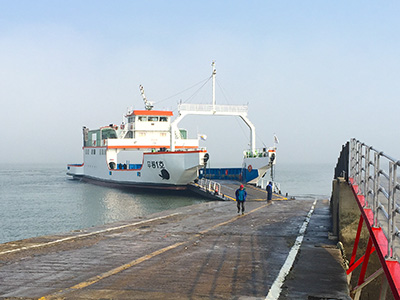
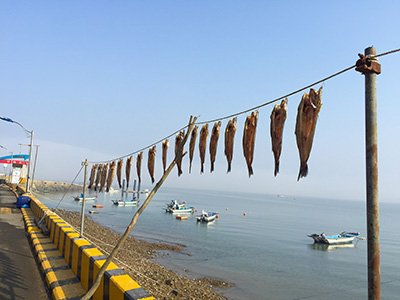
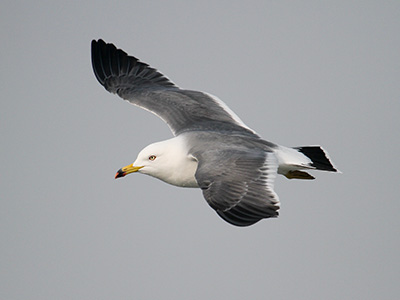
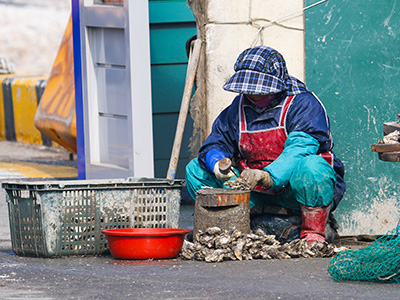
On this long trip around the Far East I could only take a Canon 400 mm prime lens so I didn’t have a lot of ‘reach’, which made it difficult to get good photographs of more distant birds. However, I did get a good photo of a Brown-eared Bulbul and a record shot of the fairly common Venous-throated Parrotbill.
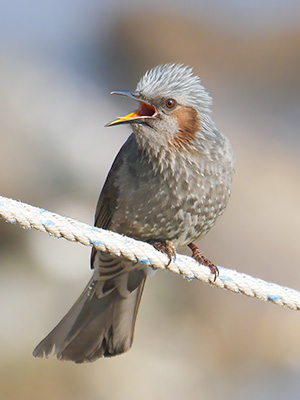
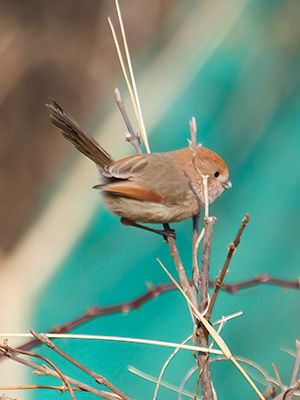
My final Incheon birding was in Songdo Park, which could be reached by the excellent subway system. The park had open grassy areas, a range of trees and some ponds, so there was a good range of urban birds, including Great Tit, Brambling, Rock Pigeon, Grey Heron and the frequently seen Spot-billed Duck. The star bird for me was the colourful Daurian Redstart, which was a ‘lifer’.
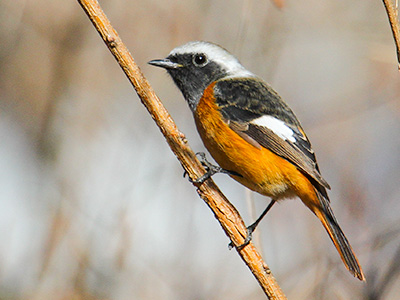
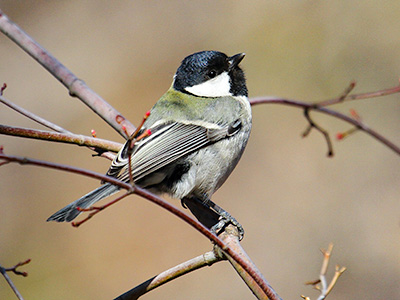
The second stop on our tour was Tokyo where we were visiting the National Institute for Polar Research. I had collaborated with NIPR for many years so it was good to meet old friends again and tell them about the possibilities of research on South Georgia. Tokyo is a vast urban sprawl but there are a number of beautiful gardens where it’s possible to escape the downtown hustle and bustle and do some birding. The Shinjuku National Garden drew in a number of local birders to see the birds of parks and gardens, which included Oriental Greenfinch, Warbling White-eye, Grey Heron, Mallard, White-cheeked Starling, Spot-billed Duck, Red-flanked Bluetail, Mandarin Duck and Little Grebe.
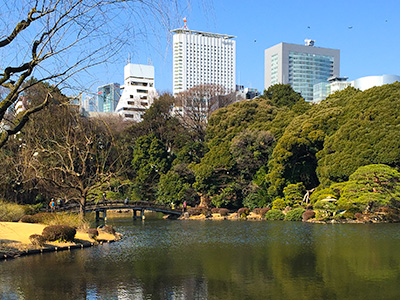
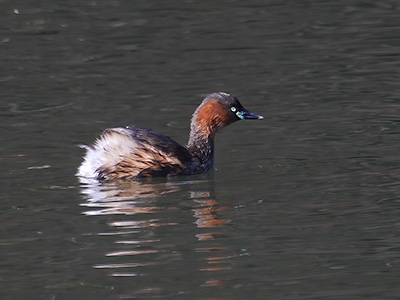
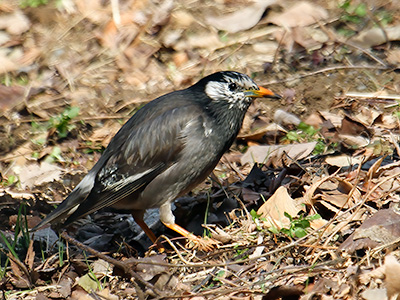

In Tokyo I once again saw the Dusky Thrush, along with lots of bird found in the UK, such as the White (Pied) Wagtail.

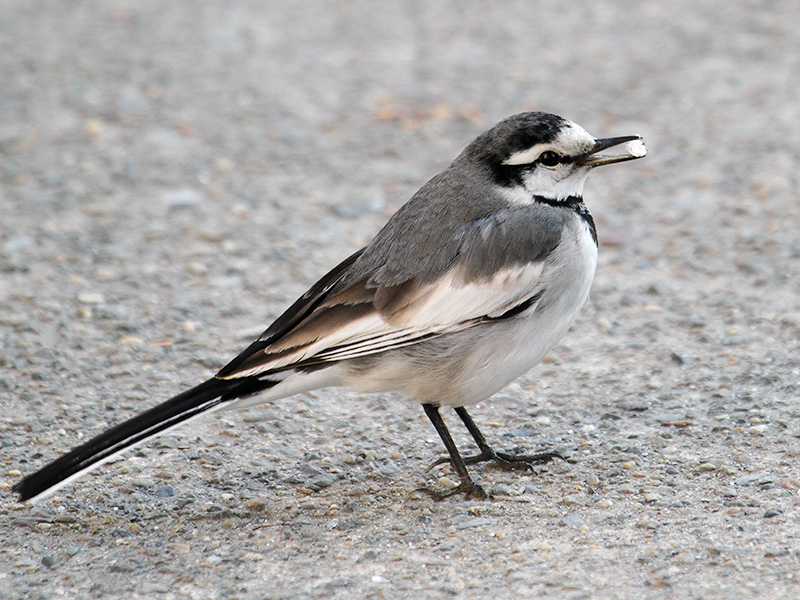
I managed to navigate the very complicated Tokyo railway/subway system to get to Yatsu Higata RAMSAR site to try and see some wetland birds. There was a lot of low cloud so conditions were not ideal for photography but at least there were a reasonable number of birds on the water and on the surrounding scrapes. Some I saw were Eurasian Wigeon, Eurasian Coot, Northern Pintail, Little Egret, Dunlin, Mallard and Great Cormorant.
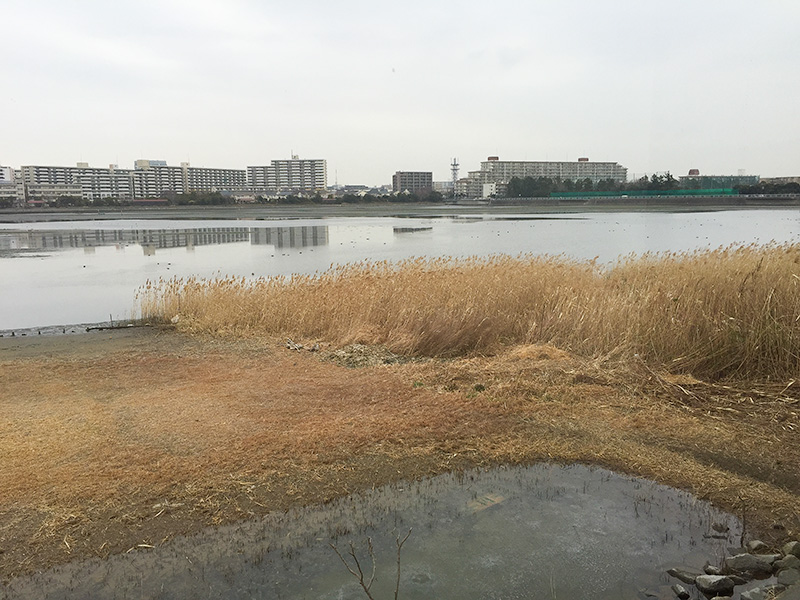
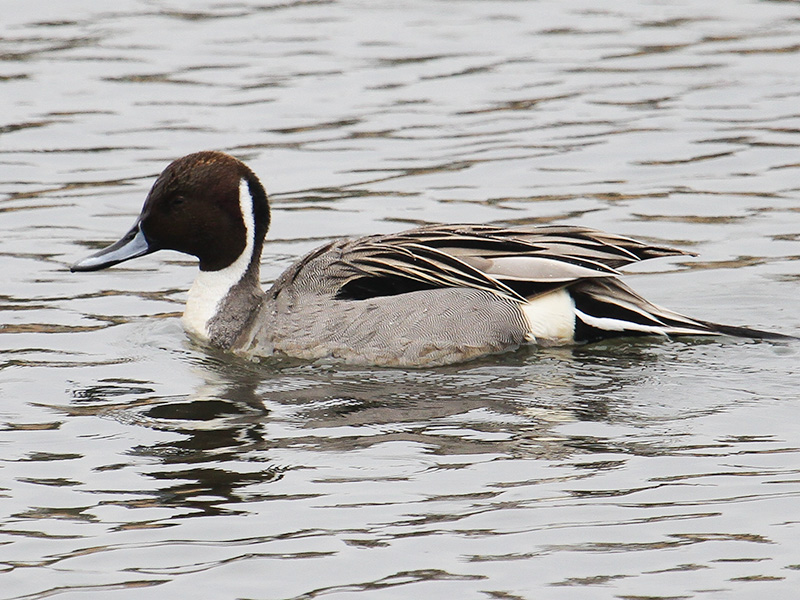
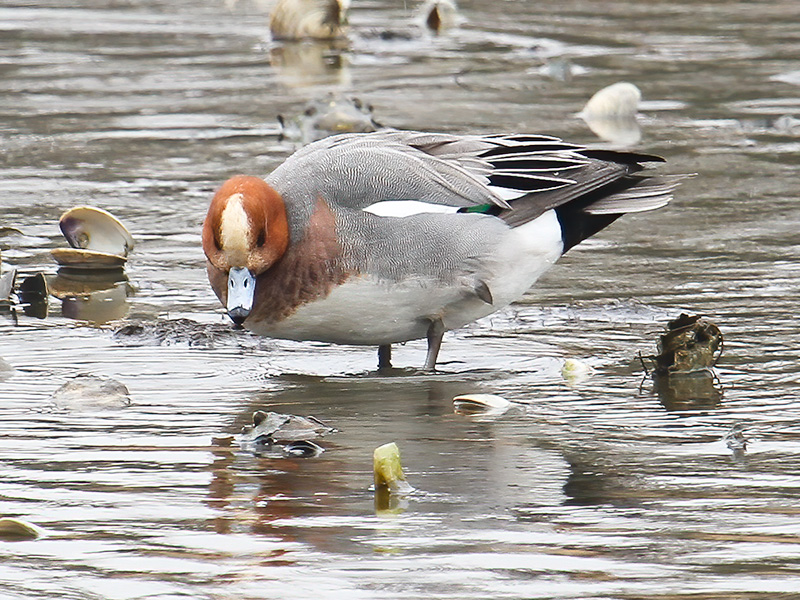
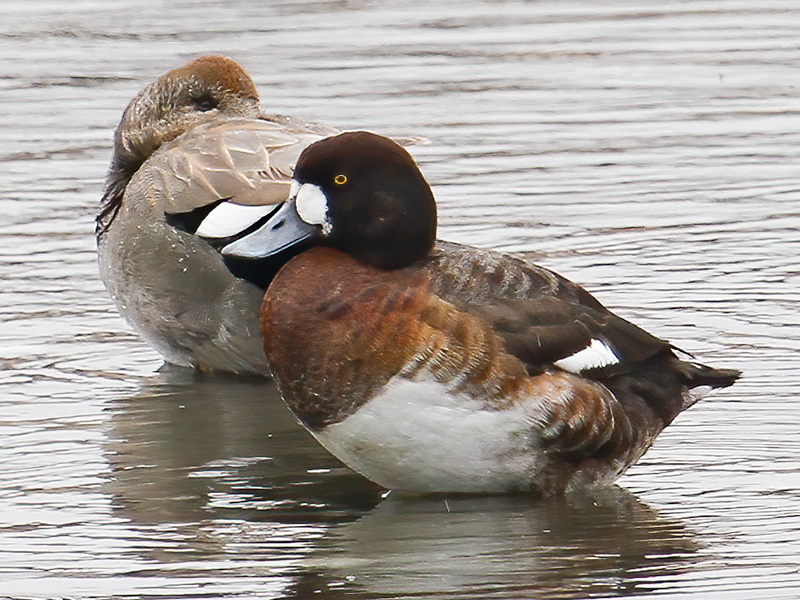
The third stop on our Far Eastern tour was in Kuala Lumpur, Malaysia where we were visiting the members of the Malaysia Antarctic programme at the University of Malaya. I had been in KL a number of times before so I knew the good birding locations and I managed to get to a couple of these over the free weekend. I visited the Genting Highlands with my old friend Rosli Omar where we saw a number of the good, high elevation species, including Chestnut-tailed Minla, Streaked Wren-babbler, Snowy-browed Flycatcher, Siberian Thrush, Large Niltava and Siberian Blue Robin.
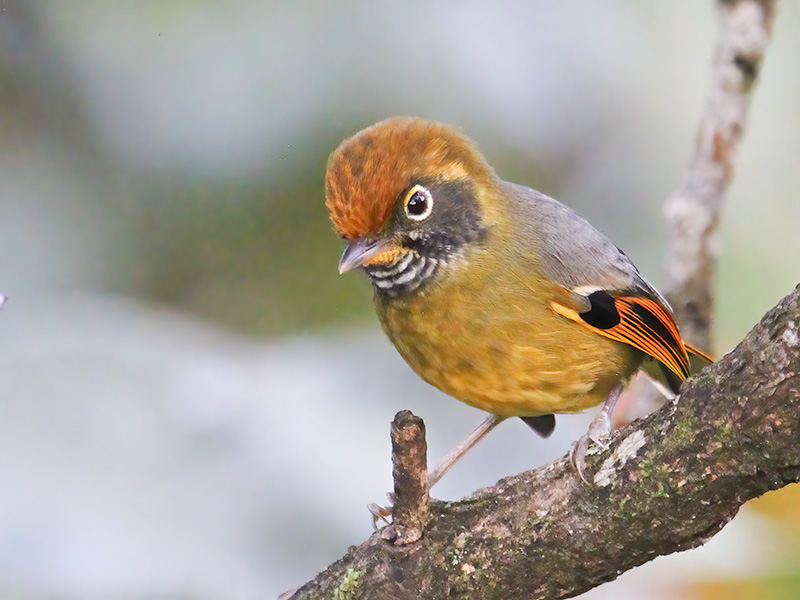
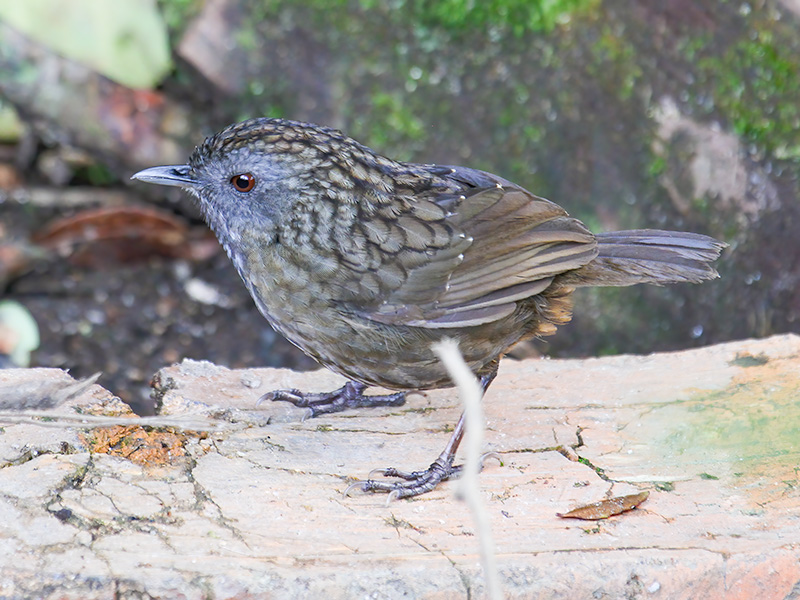
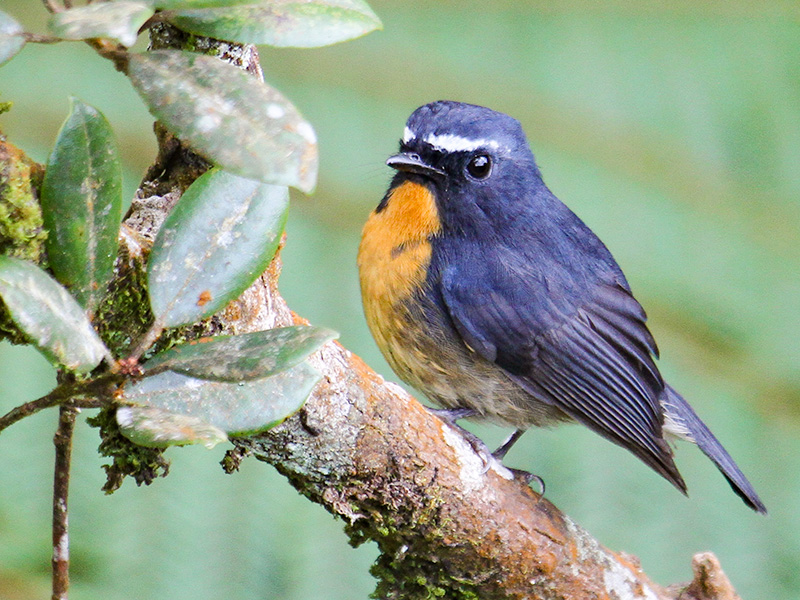
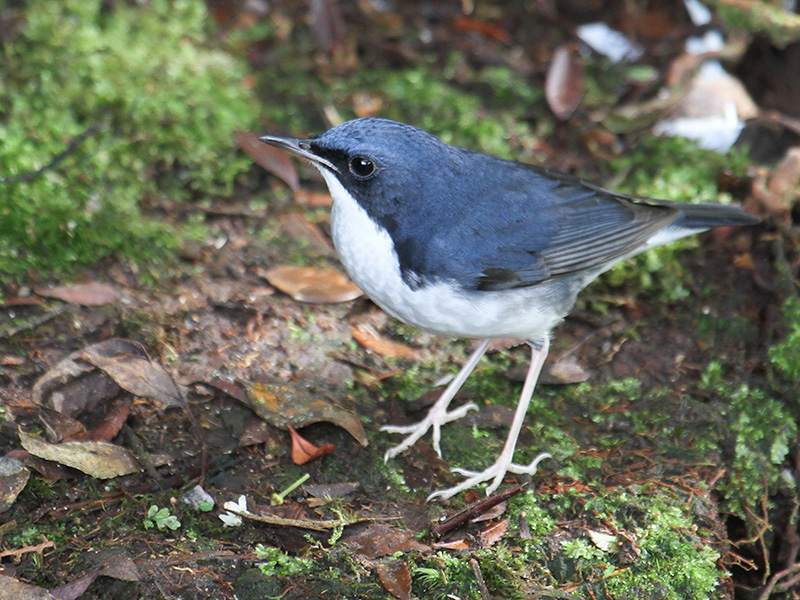
On the second day I travelled to one of my favourite birding locations near Kuala Lumpur, which is the Kuala Selangor Nature Park, which is also known as Taman Alam. I’d been there many times before so I was familiar with a lot of the birds, but I did get a couple of lifers in the Square-tailed Drongo-Cuckoo and Swinhoe’s White-eye. Birds I was more familiar with included the Laced Woodpecker, Crested Serpent-eagle, Yellow-vented Bulbul, Great and Little Egret, Ashy Tailorbird, Pied Triller and Collared Kingfisher.
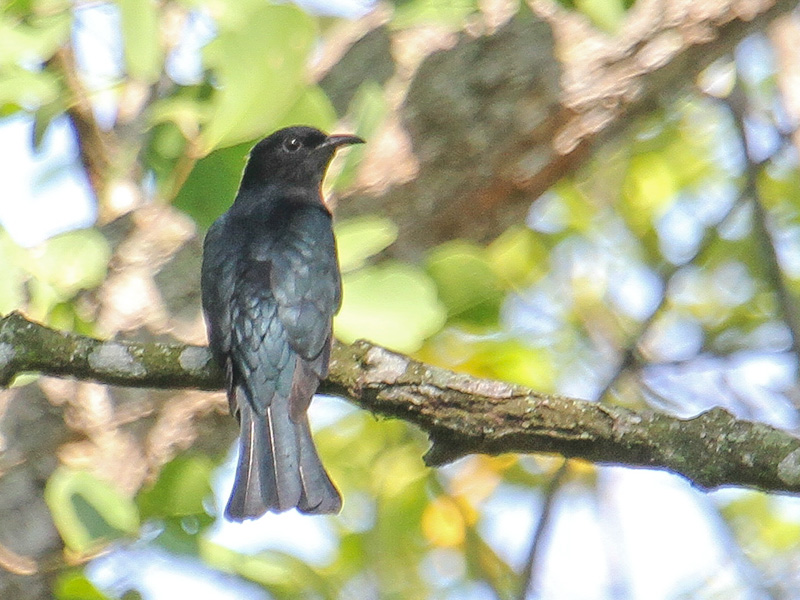

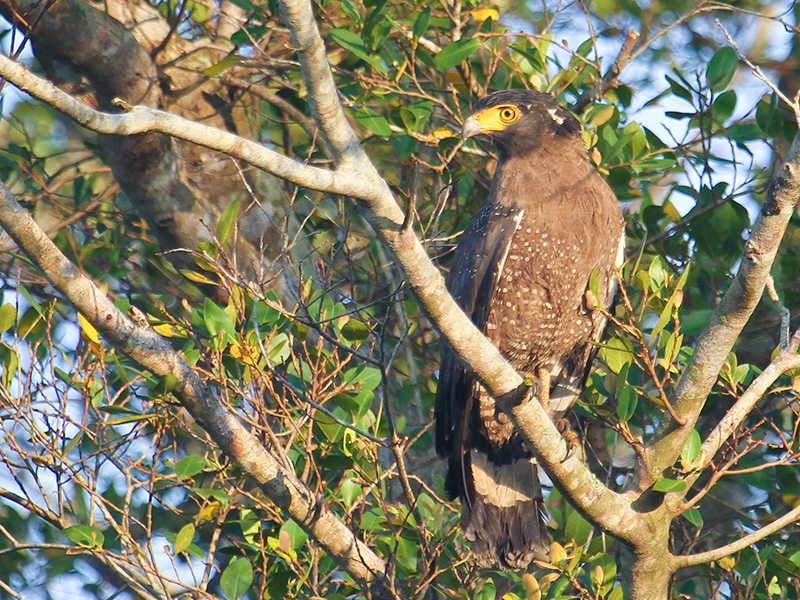
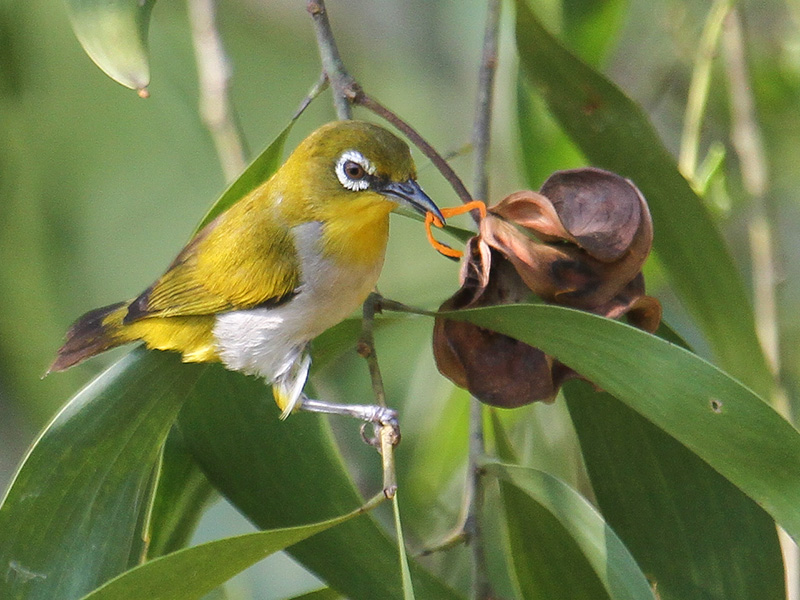
The final stop on our tour was in Goa, India where we were visiting the Indian National Centre for Polar and Ocean Research. We were staying at the HQ Hotel near the main Vasco-da-Gama railway station and I did some early morning birding around a market garden area at the back of the station. A highlight was seeing an India Roller that kept flying around the area and perching on a goal post on a makeshift football field. The birds were very active so early in the day and I saw Blyth’s Reed Warbler, Rose-ringed Parakeet, Oriental Magpie Robin, Red-whiskered Bulbul, Cattle Egret, White-rumped Munia, House Crow, Green Bee-eater, Chestnut-tailed Starling, Plum-headed Parakeet, White-breasted Waterhen and Ashy Prinia.
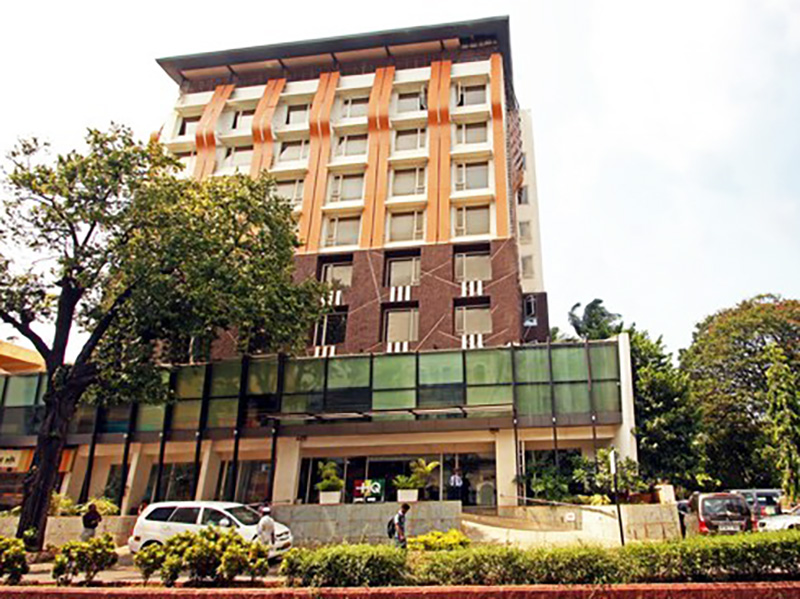
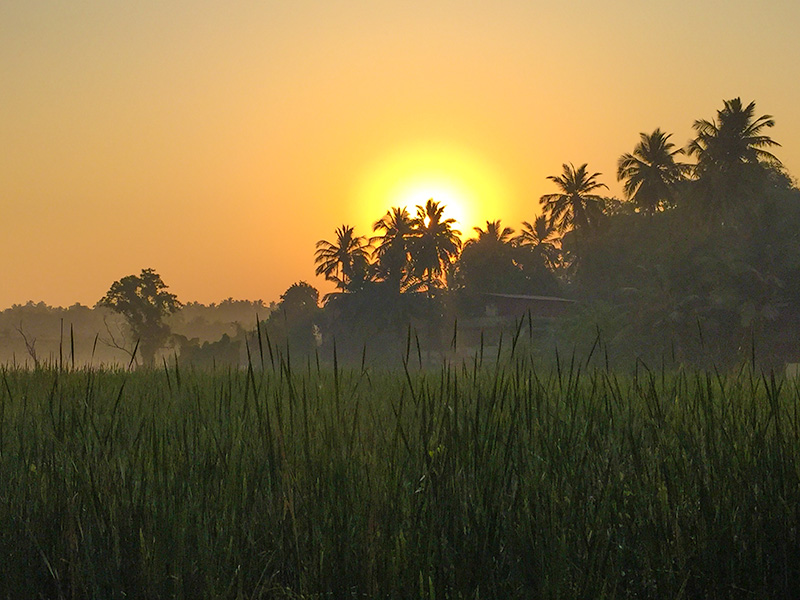
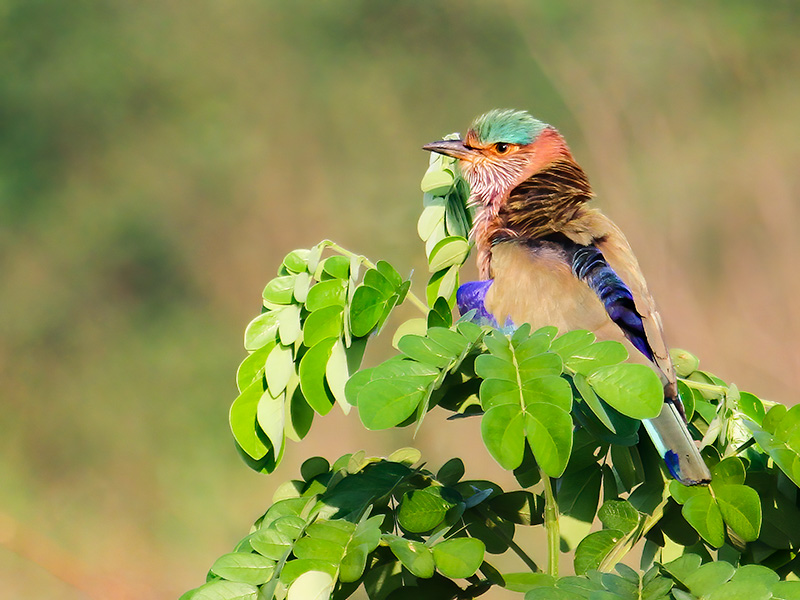
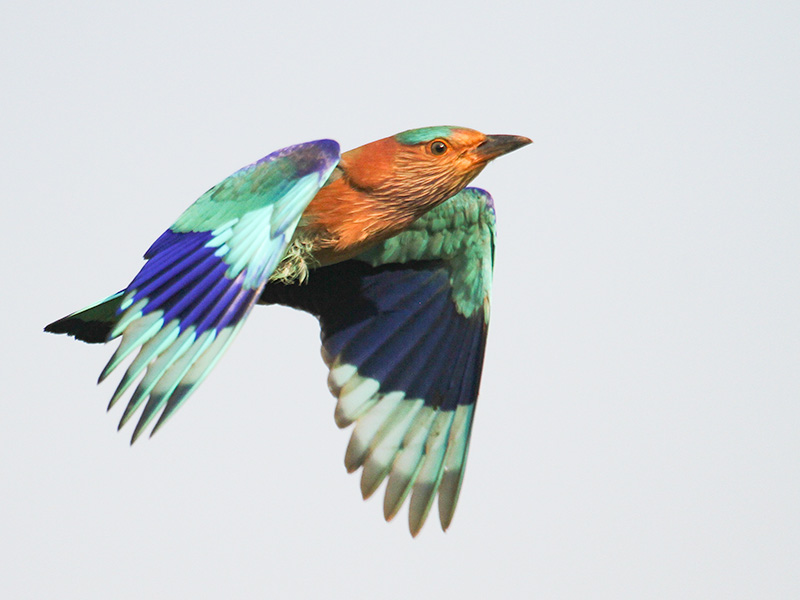
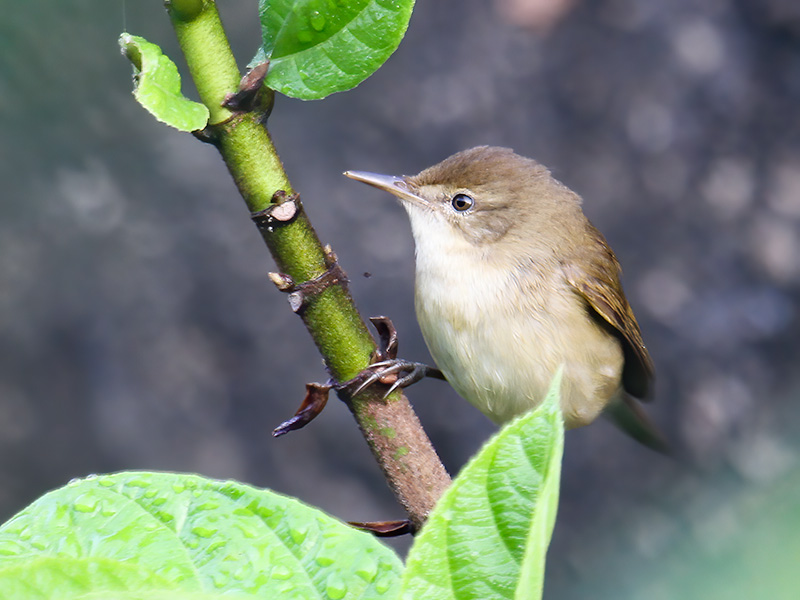

On my free weekend I stayed a couple of nights at the famous Backwoods Camp in the Western Ghats. This is an outstanding birding lodge that has world-class bird guides who will ensure you see all the local specialities. Highlights were photographing the Sri Lanka Frogmouth, the India Pitta and Malabar Trogon, but there were many other excellent birds including Orange Minivet, Black-rumped Flameback, Indian Golden Oriole, Bronze Drongo, Dark-fronted Babbler and Orange-headed Thrush.

